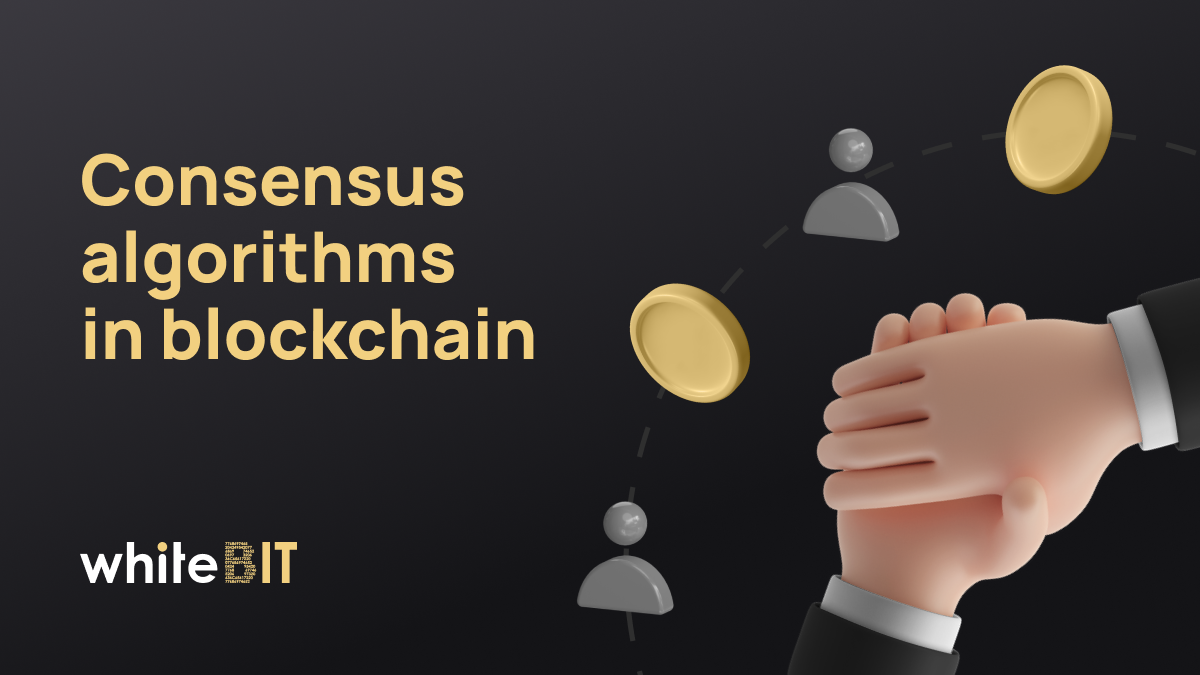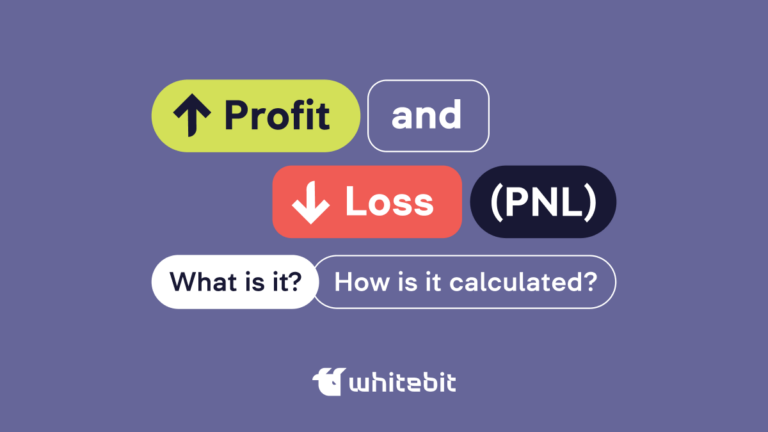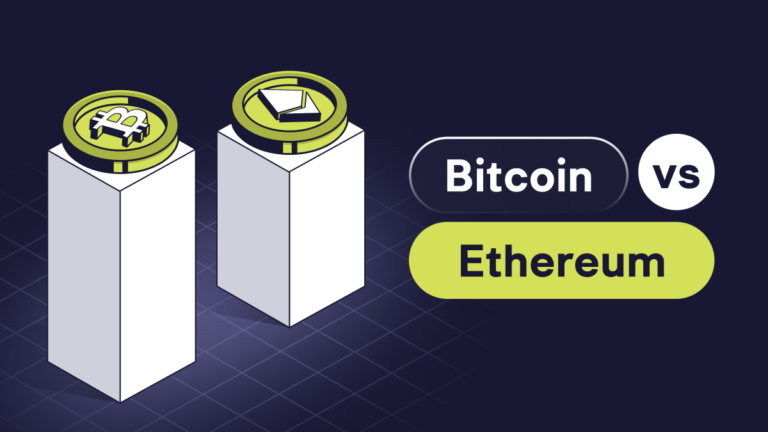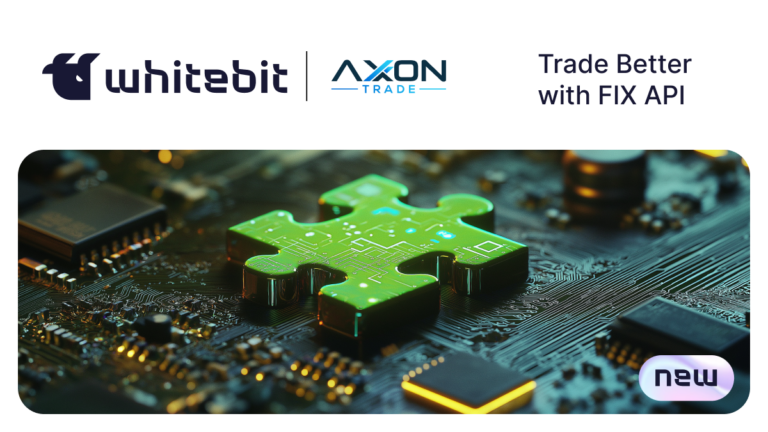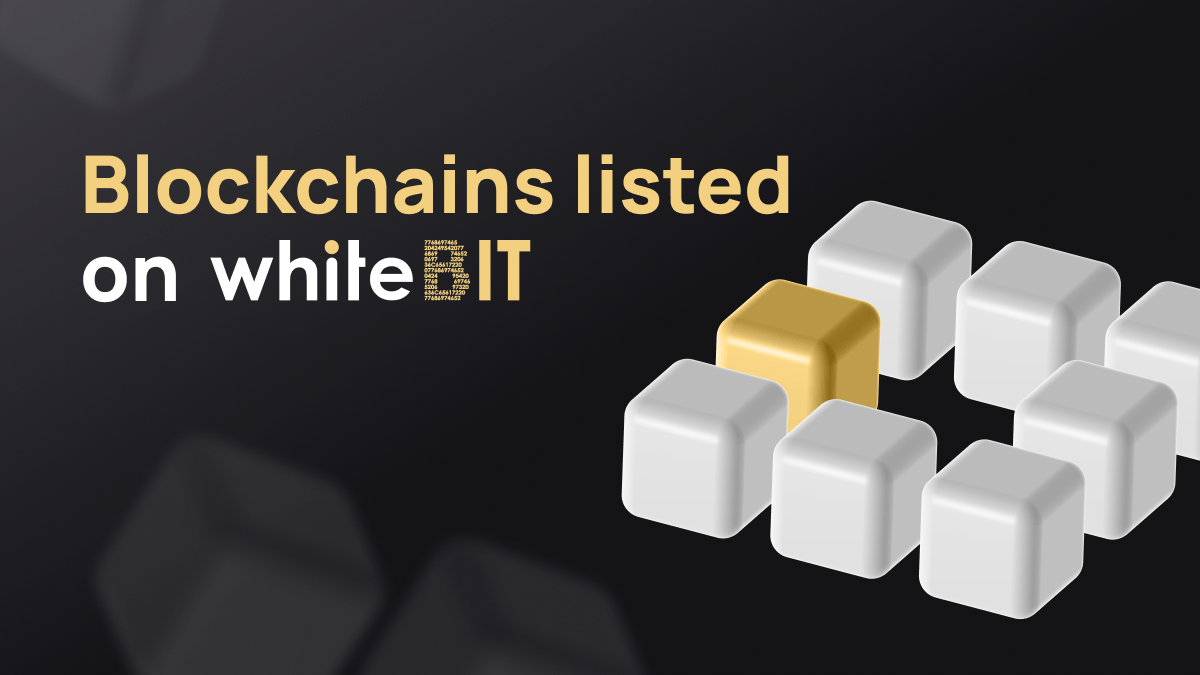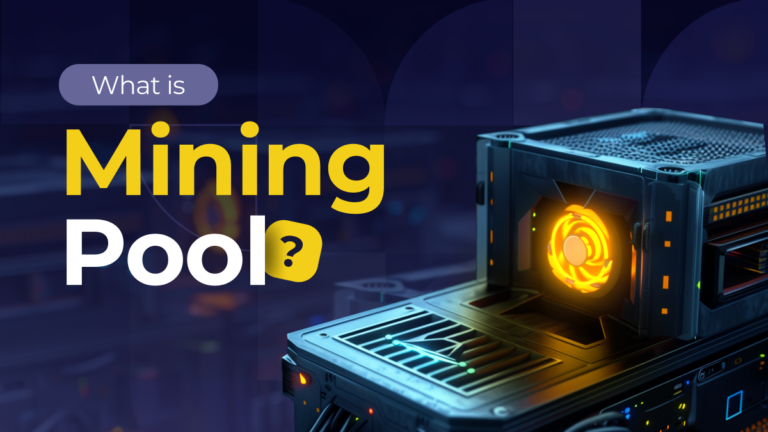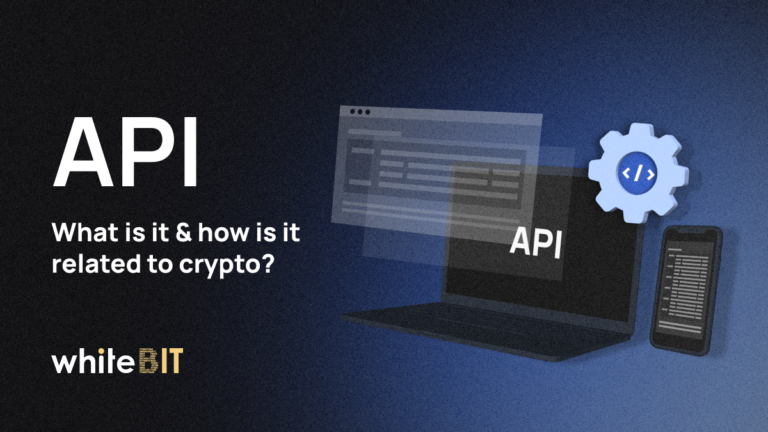What are Gas Fees in Crypto and Why is It Needed

Content
Blockchain protocols such as Ethereum have introduced the concept of gas payment, which has become an integral part of decentralized ecosystems. But why is it needed, and how does it affect users? In this article, we’ll explore the gas fee meaning, look at the main reasons for gas fees, their role in network security and stability, and how they affect the speed and cost of transactions.
Understanding Crypto Gas Fees
A gas fee is charged for completing transactions or operations on blockchains that use smart contracts, such as Ethereum. Gas is a unit of measurement for the computational effort required to perform actions on the network. For example, when sending cryptocurrency, or interacting with decentralized applications (dapp), blockchain nodes must process and validate transactions. That’s what fees are charged for. In addition, you will also be charged a fee if you want to buy cryptocurrency on a decentralized exchange using a cross-chain bridge. The cost of gas is determined based on supply and demand – during periods of high network utilization, commissions can increase significantly.
Ether gas commissions play a key role in network security and resilience by preventing abuses such as spam transactions. Blockchain technology emphasizes the importance of this mechanism, as processing transactions, requires significant computing resources. The commission incentivizes miners (in the case of Proof-of-Work blockchains) or validators (on Proof-of-Stake) to include transactions in blocks, for which they are rewarded. In doing so, users can set their own maximum gas price, allowing them to speed up or slow down the transaction depending on their priorities and willingness to pay for the validation speed.
How Do Ethereum Gas Fees Work?
Ethereum gas commissions are based on the complexity and amount of computation required to execute transactions or smart contract operations. Every action on the Ethereum network, whether sending ETH, executing a smart contract, or interacting with ERC-20 tokens, requires computational resources, which are paid for through a gas commission. The commission is measured in gwei, small parts of ether, and consists of two components: the gas limit (the maximum amount of gas a user is willing to spend) and the gas price (the cost per unit of gas in gwei).
When interacting with ERC-20 tokens, such as sending them or participating in exchanges on decentralized platforms, the eth gas fee also depends on the complexity of the smart contracts that manage these tokens. More complex transactions, such as token exchanges via DeFi protocols, require more gas, which can increase the overall fee.
How is The ETH Gas Price Calculated?
The price per gas in Ethereum is calculated based on the network’s supply and demand and the complexity of the transaction being executed. The price of gas is measured in gwei, where 1 gwei = 0.000000001 ETH. Users can set their gas price, which is the amount they are willing to pay to complete a transaction. During high network load periods, when many users are trying to perform transactions simultaneously, the gas ether price can increase significantly, resulting in higher overall transaction costs.
An important factor in calculating transaction costs is the price of Ethereum itself. If Ethereum price (ETH) rises, even with a relatively low price of Ethereum gas, the total cost of transactions in dollars increases. Users also often focus on the ETH/USDT exchange rate to estimate the ongoing costs in a stable currency (e.g., U.S. dollars), especially when interacting with large sums of money.
Why is Ethereum Gas Price So Volatile?
Often, users face an unpleasant notification: “Not enough ETH for gas commission”. The gas price on the Ethereum network is volatile for several reasons, mainly the dynamics of supply and demand for computing resources. When many users are trying to conduct transactions simultaneously, such as during significant events such as new token launches, DeFi updates, or NFT auctions, the load on the network increases. In response, miners or validators demand a higher gas price to include transactions in prioritized blocks, causing fees to rise.
Another cause of instability is the crypto volatility, specifically the Ethereum price. When the ETH/USDT exchange rate changes dramatically, this can increase speculation and activity in the market, which again increases the number of transactions and pressure on the network. Complex transactions, such as interacting with smart contracts or DeFi protocols, require more computing resources, making the gas price even more variable depending on which transactions are prevalent on the network at a given moment.
How to Check Gas ETH?
There are several handy tools available to check current Ethereum gas prices online. Here are a few popular ways:
- Etherscan is one of the most popular blockchain explorers for Ethereum. Etherscan has a special “ETH gas tracker” section to see the current minimum, average, and maximum gas prices in real time. It also displays gas price recommendations for different types of transactions: slow, standard, and fast.
- GasNow is another handy ethereum gas tracker. It displays current and historical gas price data, and offers transaction confirmation time calculations based on the selected gas price.
- ETH Gas Station – provides analytics on gas usage and recommended prices for different transaction rates. There are sections with information about network load and the most active smart contracts that use a lot of gas.
- MetaMask—The price of gas Ethereum online is displayed inside the interface when sending transactions. Depending on priorities and the available commission budget, users can select one of the recommended options (slow, medium, or fast).
Convert cryptocurrencies allows you to lock in profits, especially when the price of cryptocurrencies fluctuates.
How to Use Gas in a Transaction?
Gas in Ethereum transactions pays for the computing resources needed to execute a transaction or interact with smart contracts. Here’s how it works and how to use it:
- Selecting the Gas Limit: The Gas Limit is the maximum amount of gas you are willing to spend to execute a transaction. It depends on the type of transaction. For a simple ETH transfer, 21,000 gas is usually enough, while complex transactions such as interacting with smart contracts or decentralized applications may require much more gas.
- Setting the Gas Price: The gas price is measured in gwei, where one gwei = 0.000000001 ETH. Use the gas fee calculator and set your gas price depending on the urgency of the transaction. The higher the Ethereum gas price, the faster miners or validators will take your transaction for inclusion in the blockchain. However, a high price also increases the overall cost of the transaction.
- Gas payment: After completing the transaction, a total amount equal to the amount of gas used multiplied by the gas price (gas used × gas price) is deducted from your ETH balance. It is important to note that unused gas is returned to your balance. If the transaction requires less gas than the limit, the remaining balance will be returned to you.
- Transaction Confirmation: Once you set the gas limit and price, the transaction is sent to the network for confirmation. Each transaction has its unique number, the transaction ID (TxID). Miners or validators include transactions with a higher gas price in priority blocks, which speeds up their execution. If the gas price is too low, the transaction may take longer or be rejected.
Gas & Ethereum Virtual Machine (EVM): What is The Connection
The connection between gas, hashes, and the Ethereum Virtual Machine (EVM) is that ETH gas now serves as the “fuel” to execute transactions in the EVM, and hashes play an important role in verifying and validating transactions. The Ethereum Virtual Machine is the computing environment in which smart contracts and transactions are executed on the Ethereum blockchain. Here’s exactly how they are interconnected:
- The role of gas and hashes in the EVM: Every code or operation performed within the EVM requires computational resources, and gas is used for this purpose. Meanwhile, hashes are used to identify and verify transactions and data states in the blockchain. To prevent abuses such as infinite loops or overly complex calculations, a gas cost is set for each transaction in the EVM. For example, calculating a hash of data also requires a certain amount of gas because it is part of the work done by the EVM.
- Payment for computation and hashing: When you run a transaction or smart contract, the EVM estimates the amount of work, including hashing operations, that is required to perform it and deducts the appropriate amount of gas from your balance. For example, creating a hash to validate a transaction requires a certain amount of computation, which increases your gas usage. A simple token transfer transaction will use less gas than a complex computation or hash in blockchain of data in a smart contract.
- Resource limitation: A user-defined gas limit prevents infinite or over-cost computations, including repeated hash attempts. If a transaction requires more gas than the limit, the EVM stops executing it and returns the results. In this case, the transaction is considered a failure. This mechanism also protects the network from denial-of-service (DoS) attacks because any computation, including hash operations, requires resource payment.
- Code Optimization: Developers strive to make smart contracts more efficient to reduce gas consumption and the number of hash functions performed. Each operation, especially those related to data processing, requires computational resources and, thus, payment. The better the code is optimized, the less gas will be required to perform the operations, and the use of hashes can be optimized to minimize the cost.
Examples of Gas in Other Crypto Projects
Consider TRON (TRX). Like Ethereum, the TRON network has a system for paying for computing resources, but there are some differences. In Tron, transactions also require a certain amount of resources, but instead of gas, Energy and Bandwidth are used.
- Energy: In the Tron network, energy is required to execute smart contracts. The more complex the smart contract, the more energy is needed to execute it. Energy in Tron can be obtained by freezing TRX tokens. This allows users to reduce transaction costs, as they do not pay directly to execute transactions but rather use the resources earned. This distinction makes executing smart contracts in Tron gas fee less costly than Ethereum, where users must pay for gas in ethers (ETH).
- Bandwidth: This resource sends simple transactions, such as TRX transfers or interactions with TRC-20 tokens (analogous to ERC-20 in Ethereum). Like energy, bandwidth can also be obtained by freezing TRX. When a user does not have enough bandwidth, the system charges a TRX fee per transaction.
Ethereum vs. Bitcoin Fees
Commissions in Bitcoin and Ethereum differ in their structure and depend on different factors. In Bitcoin, the fee is determined by the transaction size in bytes and network utilization. When a mempool (where transactions wait to be included in a block) is crowded, users compete for space by offering higher fees to have their transactions included by miners faster. Bitcoin blocks are limited in size, making commissions more predictable, but they can increase during periods of network congestion.
In Ethereum, commissions depend on the computational resources required to execute a transaction or smart contract and are expressed in gas. When the Ethereum mempool becomes congested, the cost of gas increases as users increase the gas price to speed up their transactions. Since the EIP-1559 update, Ethereum has introduced a base commission that is burned. Users can add “tips” to speed up transactions, which adds flexibility but makes the commission system more complex than Bitcoin. However, despite the differences in commissions, BTC price remains an important benchmark for the entire crypto industry, influencing the overall market sentiment.
Conclusion
Cryptocurrency gas fees are an important mechanism to ensure transparency and fairness of transactions in blockchain networks. It not only incentivizes miners and validators to maintain the stability of the network, but also allows users to flexibly manage their costs by choosing the fee depending on the urgency of transactions. Crypto charts help track real-time changes in gas prices, allowing users to schedule transactions at the most profitable times. Understanding this process helps optimize costs, especially in high-stress environments. With the development of second-tier technologies and solutions, gas fees could become more affordable, increasing the mass adoption of blockchain and its everyday use.
FAQ
Gas Limit is the maximum amount of gas a user is willing to pay to execute a transaction or smart contract on the blockchain.
High Ether gas commissions are due to high network utilization and complex smart contracts that require more computing resources.
ETH gas prices are usually lowest when the network is least busy, often during night and weekends.

